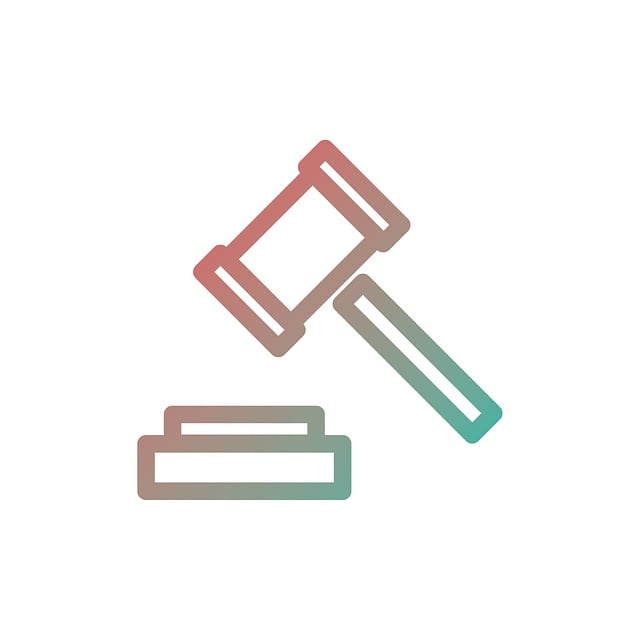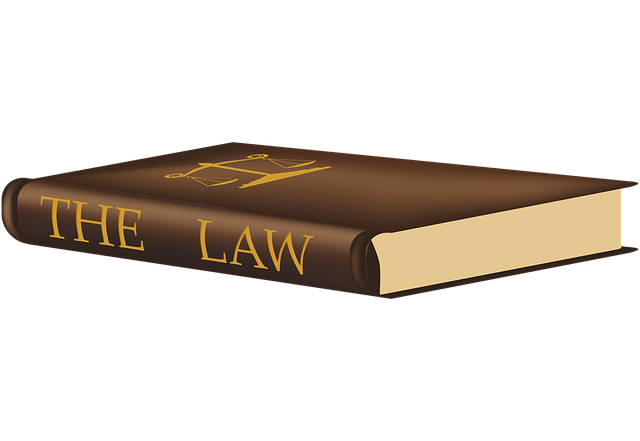Understanding and proactively avoiding copyright infringement is essential for businesses, especially in creative sectors, to prevent legal disputes, protect intellectual property (IP), build trust, and maintain a positive public image in today's digital age. This involves securing licenses, training employees, conducting regular audits, and establishing clear content usage policies to mitigate risks associated with IP rights, including copyrights, trademarks, and patents.
In today’s digital landscape, avoiding copyright infringement is crucial for business success. This comprehensive guide delves into litigation risk management, focusing on understanding copyright basics and implementing effective strategies. By identifying potential infringements within operations, businesses can significantly mitigate legal risks. Learn how to navigate the complexities of intellectual property law, fostering a culture of compliance that protects your brand and ensures long-term sustainability.
- Understanding Copyright Basics for Businesses
- Identifying Potential Infringements in Operations
- Implementing Effective Strategies to Mitigate Risks
Understanding Copyright Basics for Businesses

For businesses, especially those operating in creative industries, understanding copyright basics is paramount to avoiding costly legal battles and negative public relations. Copyright infringement occurs when an individual or entity replicates, distributes, or displays original works—including literature, art, music, films, and software—without the rightsholder’s permission. In today’s digital era, where content sharing is instantaneous, businesses must be vigilant to safeguard their intellectual property rights (IPRs). This involves securing appropriate licenses for any third-party materials used, thoroughly reviewing employee practices, and establishing clear internal policies regarding copyright compliance.
Avoiding copyright infringement isn’t just about legal protection; it also fosters positive relationships with creators, enhances a company’s reputation among the philanthropic and political communities, and reduces the risk of lengthy and expensive jury trials in general criminal defense cases. Effective strategies include conducting regular audits of digital assets, employing advanced content filtering tools, and providing comprehensive training for all employees to ensure they grasp the fundamentals of copyright law.
Identifying Potential Infringements in Operations

Identifying potential infringements in business operations is a crucial step in avoiding copyright infringement. This proactive approach involves regular reviews and audits to ensure that all intellectual property (IP) assets are properly safeguarded. By implementing robust internal controls, companies can mitigate risks associated with unauthorized use or replication of their copyrighted materials, trademarks, and patents. An effective strategy includes training employees on IP awareness, establishing clear guidelines for content usage, and conducting thorough background checks on new hires to prevent the recruitment of individuals with a history of IP violations, especially in white-collar defense cases.
A company’s commitment to protecting its IP can showcase an unprecedented track record of successful litigation risk management. Through meticulous monitoring and swift action against potential infringements, organizations can not only safeguard their legal rights but also build trust among stakeholders. This proactive posture is particularly vital in today’s digital era, where copyright infringement can take many forms, from unauthorized online sharing to the misuse of proprietary data, requiring businesses to remain vigilant and adapt their strategies accordingly.
Implementing Effective Strategies to Mitigate Risks

Implementing effective strategies to mitigate risks is a cornerstone of successful litigation risk management. One critical area businesses should focus on is avoiding copyright infringement, which can have severe legal and financial repercussions. Ensuring that all intellectual property rights are respected and properly licensed is essential to protect against potential lawsuits and maintain a strong defense in court. Regular audits of content usage and distribution channels are crucial steps to identify and address any violations early on.
For his clients, a robust risk management approach involves not just preventing copyright infringements but also preparing for winning challenging defense verdicts. This includes staying updated with evolving laws and regulations related to intellectual property, conducting thorough due diligence during business expansions or partnerships, and establishing clear guidelines for content creation and usage across all departments. By integrating these measures, businesses can significantly reduce their exposure to litigation risks and safeguard their reputation in the long term.
In managing litigation risks, especially regarding copyright infringement, businesses must prioritize knowledge and proactivity. By understanding copyright basics, identifying potential infringements, and implementing robust risk mitigation strategies, companies can avoid costly legal battles and protect their brand reputation. Proactive measures, such as training employees and conducting regular audits, are key to navigating the complex landscape of intellectual property law. Remember that avoiding copyright infringement is not just about compliance; it’s a strategic move to foster innovation and maintain a competitive edge in today’s digital business environment.






